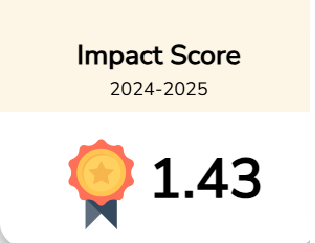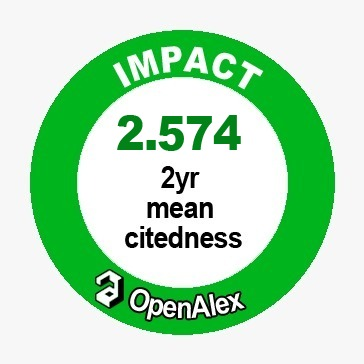Assessment of Bone Mineral Density in Relation to Nutritional Status and Physical Activity of Early Adolescent Girls in the Public and Private Schools of Peshawar City
Downloads
Adolescence could be the last window of opportunity to replenish nutrient stores. This study was conducted to assess and examine the interrelationship between bone mineral density, nutritional status, nutrient intake, physical activity and socioeconomic status of early adolescent girls of Peshawar. Six hundred early adolescent girls of 10-13 years were selected by systematic sampling method from three public and three private schools. The results revealed that several anthropometric measurements of adolescents girls from private schools was lower than those of the Public schools. Conversely, the mean bone mineral density (BMD) of adolescent girls from Private school was significantly higher than that of the Public schools. A greater proportion of adolescent girls from the Private schools were underweight and wasted than those of Public schools. Energy, protein and phosphorus intakes of adolescent girls from both Public and Private schools were higher than the RDAs set for the corresponding age group adolescents. But calcium and vitamin D intakes of about 50% or more of the adolescents were below the RDAs. Self-reported PAL of adolescent girls from the Private schools was higher than that of the Public schools. Family income was significantly correlated with WAZ, HAZ, BMIZ, MUACZ and WHZ (P<0.05). Early adolescent girls from Public schools were better in anthropometric measurements but had significantly lower mean bone mineral density than that of the Private schools. Adolescent girls from both Public and Private schools were taking inadequate amount of calcium and vitamin D and were more prone to nutritional osteomalacia.





